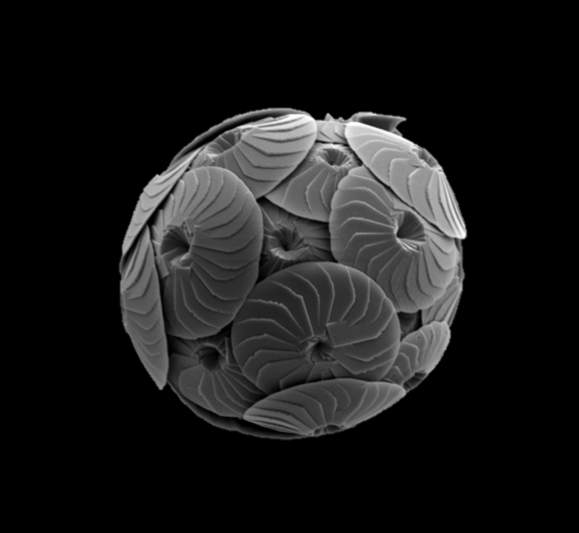Research from the MBA highlights the importance of the United Nations Sustainable Development Goal, Life Below Water.
As part of the 2030 Agenda for Sustainable Development, the United Nations issued 17 Sustainable Development Goals (SDG) as an urgent call to action. Among them is SDG14, Life Below Water, whose aim is to “conserve and sustainably use the oceans, sea and marine resources for sustainable development”. Of this, target 14.3 states one of the goal’s aims is to “minimise and address the impacts of ocean acidification, including through enhanced cooperation at all levels.”
Our ocean is continuing to struggle against increased acidification, the process in which the ocean’s pH decreases as the result of an uptake in atmospheric CO2. As ocean acidification increases, so too do the negative impacts it causes to marine life.
Climate Change and Calcification
Changes to ocean pH may have a particularly large impact on calcified organisms; those that form calcium carbonate, such as molluscs. This is because as pH lowers it becomes harder for calcifying organisms to make their shells. If pH decreases to a critical level, calcium carbonate structures will dissolve.
Among the most abundant of these calcified marine organisms are coccolithophores, tiny algae that produce a covering of calcium carbonate plates, known as coccoliths. When they die their coccoliths sink to the ocean floor where, over millions of years, they form sedimentary rock. Because of this process, coccolithophores play an important role in the global carbon cycle. It is vital, therefore, to understand how they may be affected by climate change and ocean acidification.

Our Research
Dr Glen Wheeler, senior research fellow at the MBA, heads the research group investigating algal signalling and stress physiology. Amongst their extensive research, the group have been trying to understand why coccolithophores are sensitive to changes in ocean pH. This includes testing how coccolithophores respond to environmental change in the lab in order to predict how they might respond to similar events in the ocean.
The MBA’s recent findings demonstrate that coccolithophore sensitivity to low pH is because they are one of the few organisms that calcify within the cell. They possess a mechanism that enables them to regulate their intracellular pH during the calcification process which is very effective under normal seawater conditions. However, in conditions with a low pH, the cell struggles to regulate its pH and results in malformation.
This research also pointed to important differences between calcifying species. Lightly calcified species, which calcify to much lesser extent, are much less likely to be impacted, whilst heavily calcified species will have a greater sensitivity. This differing sensitivity between species has important consequences for the global carbon cycle, because it is the large, heavily-calcified species that contribute most to the sinking of calcium carbonate to the ocean floor.
Looking to the Future
According the UN’s progress of Sustainability Development Goal 14.3, the ability for countries to monitor the continued decline of ocean pH has improved and, using data collected from 308 stations across 35 countries, the differing rates of environmental change.
Glen and his group are now exploring the different sensitives between species in order to work out how coccolithophore communities in the future could change under different climate scenarios. Whilst coccolithophores as a group have proven their resilience to large changes in the Earth’s climate throughout their evolutionary history, it is clear that these events resulted in significant shifts in the dominant species. Predicting these outcomes over the next century is now a major challenge for marine researchers.
Read the research here.
For more about the UN’s Sustainable Development Goals, click here.
Many thanks to Dr Glen Wheeler.